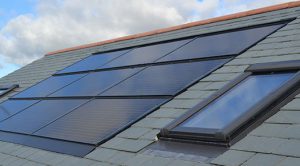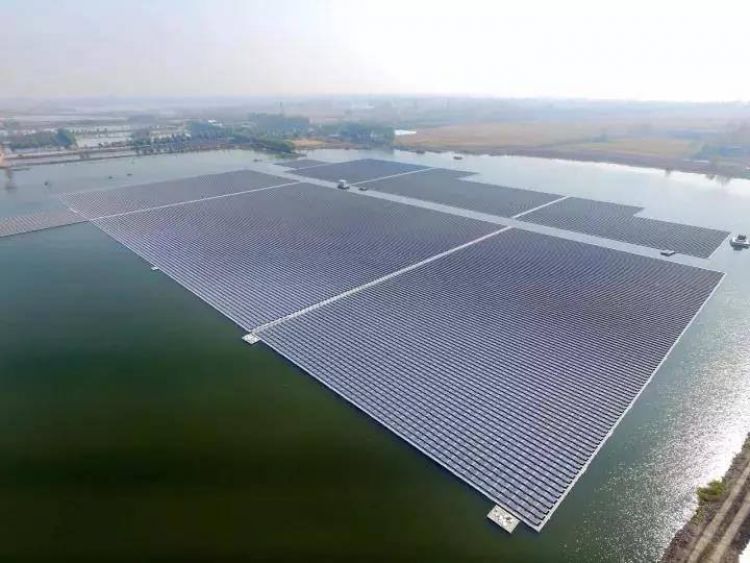One of the oft-heard criticisms of electric vehicles (EVs) is that, although they may be zero emission at the tailpipe, millions of tonnes of CO2 is created during the generation of their energy.
While there is some truth in this given that huge amounts of fossil fuels are burnt by power stations, an increasing amount of electricity is generated through zero-emission sources.

Last year, for example, figures from the Department for Energy Security and Net Zero showed that more came from renewable and nuclear power sources than from fossil fuels – after gas (38%), wind was the second largest source of electricity at 25%. Solar, hydro and marine were at 6%.
While organisations can opt for a green energy electricity tariff to improve their sustainability, an increasing number are installing solar arrays at their premises.
As well as generating the power to charge their EVs themselves, this also means the organisations can cut costs.
One example of this is City of Doncaster Council. It estimates it will save approximately £33,633 in electricity costs each year through a 20-space car park covered by a solar panel roof.
This facility, which is close to its Civic Office in Waterdale, will generate an average of 88,510kWh each year, have 10 dual-socket charge points and be home to 20 of the council’s electric pool cars.
Even taking into account the £658,798 cost of construction, it expects to make an overall saving of £180,000 over the typical life expectancy of 25 years for such a facility.
Read more: FleetNews





